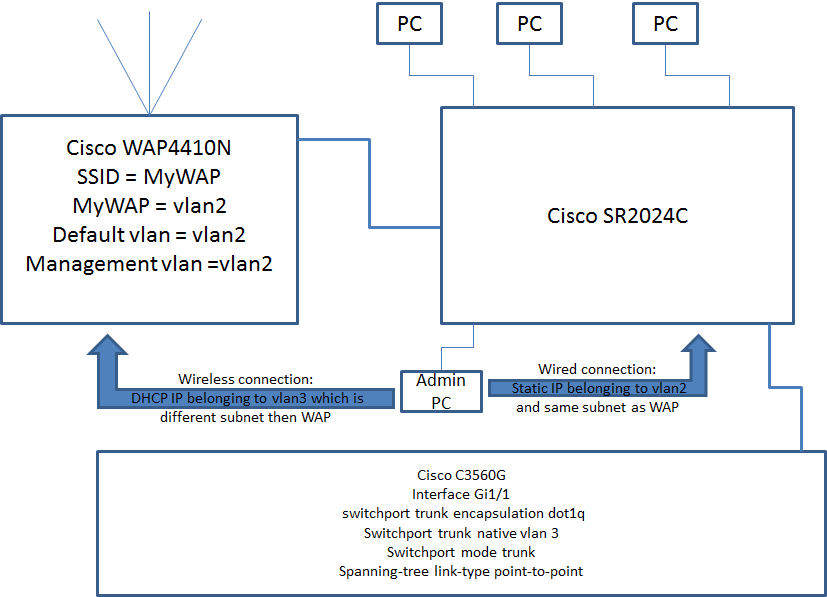For example a broadcast may be received on vlan 10.
Unmanaged switch vlan tags.
Some switches will drop the frames as garbled some switches will pass them on as they are and some switches will strip the vlan tags.
However if you have a mix of vlans on a switch it needs to be managed.
Vlan virtual local area network is a technology that can solve broadcasting issues.
Here you can see this process in action.
The sender will send a frame with a vlan tag.
Well in my mind either the native vlan.
The receiving switch will see the vlan tag and if the vlan is allowed it will forward the frame as required.
Neither will it have knowledge of what vlan is the native the only one on the trunk that is not tagged vlan.
If a port is a member of a link aggregation group lag or you plan to add it to a lag do not add it to a vlan or tag it individually.
Running tags over a dumb switch just amounts to running multiple layer 3 on the layer 2 there is zero lack of.
You must add the lag to the vlan as a single unit.
Can afford to get a 30 switch that can understand vlans.
As the following figure shows the switch connects to two different groups.
Vlan 1 is also the management vlan on switches that support management vlans.
What happens is when a trunk is confgured a header aka tag which varies in size depending on what encapsulation is used is added to the front of the a frame by doing this the destination knows which vlan it belongs when it arrives.
Here are two configuration examples for 802 1q vlan.
So what would happen if one put it in on a trunk.
If all of the things plugged into an unmanaged switch are on the same vlan then you can do that.
You have two options either connect the ap directly to the 3560 or buy a managed switch as said.
A lan can be divided into several vlans logically and only the hosts in a same vlan can communicate with each other.
Simply put the unmanaged switch would not be able to know what vlans it would or would not send over the link that might or might not be a trunk.

